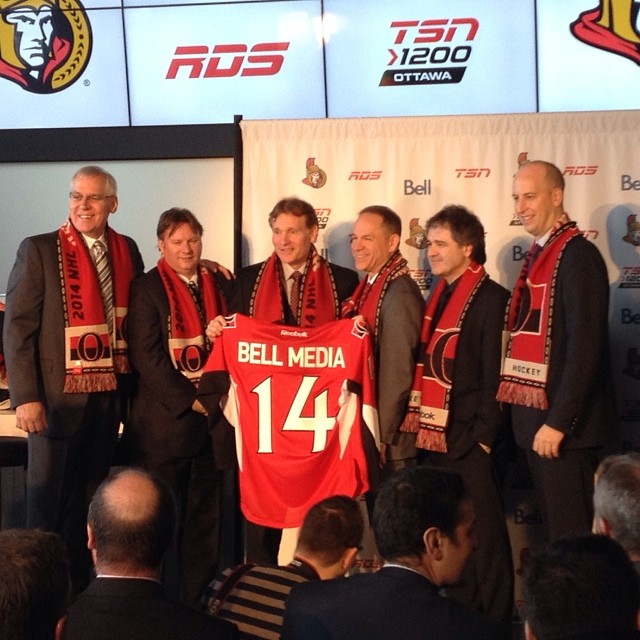Once upon a time, Oregon State University did not have a track and field program. The well ran dry. There was not enough money in the till. After the 1988 season, it was discontinued. Around that time, OSU football was struggling as well. Winning seasons were hard to come by. From 1980-1996, the Beavers won 34 games – total. Hence, sharing the wealth was difficult because the wealth was sparse.
Did you know the movie Les Miserables (from 2012) produced by Universal Studios, made more money ($437 million) than The Place Beyond the Pines ($39 million, also by Universal) starring Bradley Cooper and Ryan Gosling?
Southwest Airlines probably makes more money on flights from Portland to Las Vegas than flights from Portland to Phoenix.
You see, often in companies, one thing carries another. In other words, just because a company does not make money in one area, it makes up for it in another. The whole enchilada doesn’t fold up when one area’s cash register isn’t as glamorous as the other’s. This is how business works. One day is good, next day, not so much. It’s how the world works.
NCAA athletics is about business. It is a sad reality. In a few years, Heisman Trophy winner Johnny Manziel is going to be making roughly $75 million whether he gets hurt or not (even with injury a team would take the chance and sign him). Lately, many are criticizing the NCAA for making money off of Manziel’s name. Apparently they think NCAA bigwigs are off on Hawaiian vacations every other week. This story would be far more controversial if such matters were surfacing. Those critics think Johnny Heisman should get $7,500 now for signing autographs. Again, they believe the NCAA is greedy. Seriously? You can have $75 million bucks in three years AND get seventy five hundred now. Wait, who is being greedy?
Every college and university cut lacrosse, soccer, golf, wrestling, track, softball and gymnastics. Why? College athletes want their payola for signing footballs or basketballs and later being sold. The profits from these sales went to the funding of programs less attended or less popular. Rules were changed and future professional stars (those whose names were on top selling jerseys) received the money from those sales. The universities could not afford to keep the other programs running. Football, basketball and baseball just became sports. Not major programs anymore. You know what else happened? If you want to be a college athlete, no more free rides. You play, you pay. That 4-year scholarship? Buh-bye. Food and housing? Out of your parents’ pocket. Oh yeah, and those sweet jerseys and shoes? Those aren’t cheap, so, time to chip in.
Seems extreme, no? Perhaps. Getting back to reality, isn’t it about time people understand a major attribute of society? Business is not set up so we all make the same amount of money. Colleges and universities making money off autographed items? Chances are college made the man; the man did not make the college.
College is about diversity. In Corvallis, OSU is richer (financially or otherwise) because of the many sports programs it offers. Track and Field returned to the fold in 2004. Lower tier sports such as rowing, volleyball and softball propel students to expand their horizons, not only what they find in the classroom. The NCAA surely has issues to ponder (BCS anyone?) Here’s hoping the ‘wants’ of individuals don’t outweigh the needs of the many.
Add The Sports Daily to your Google News Feed!
